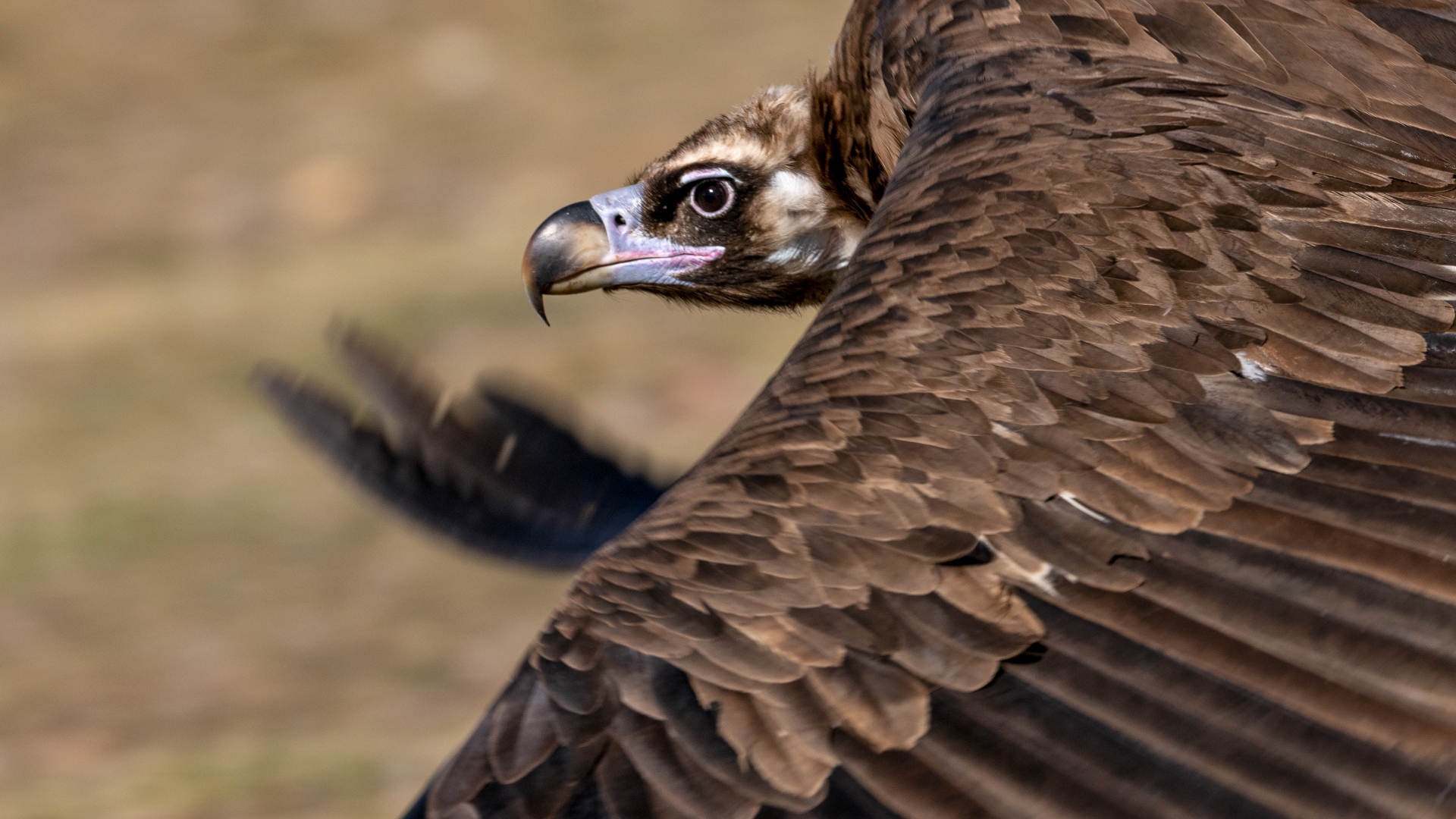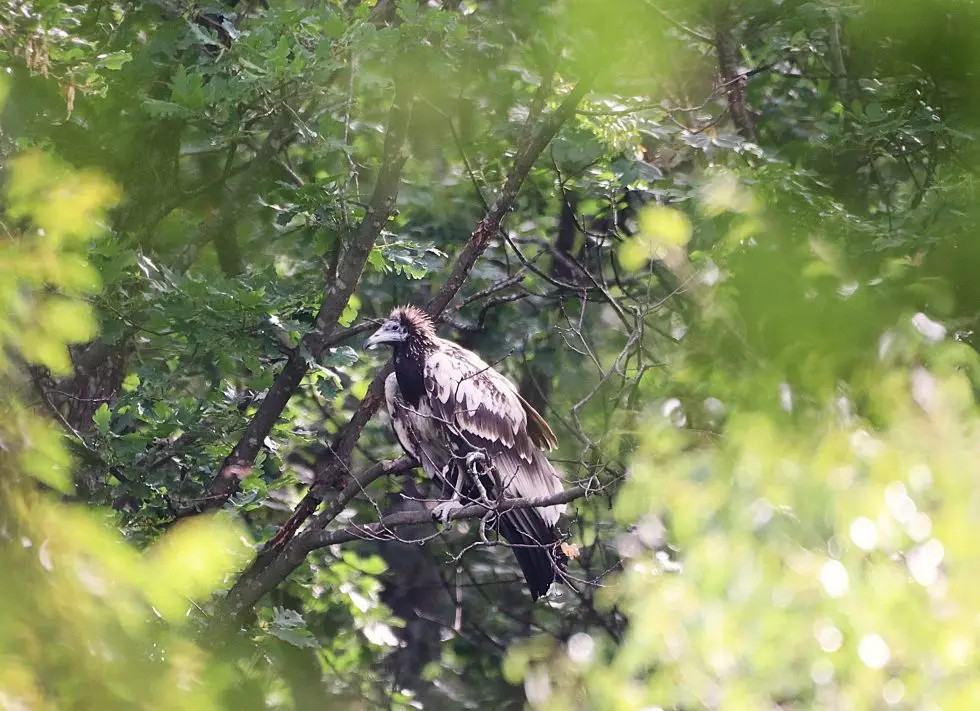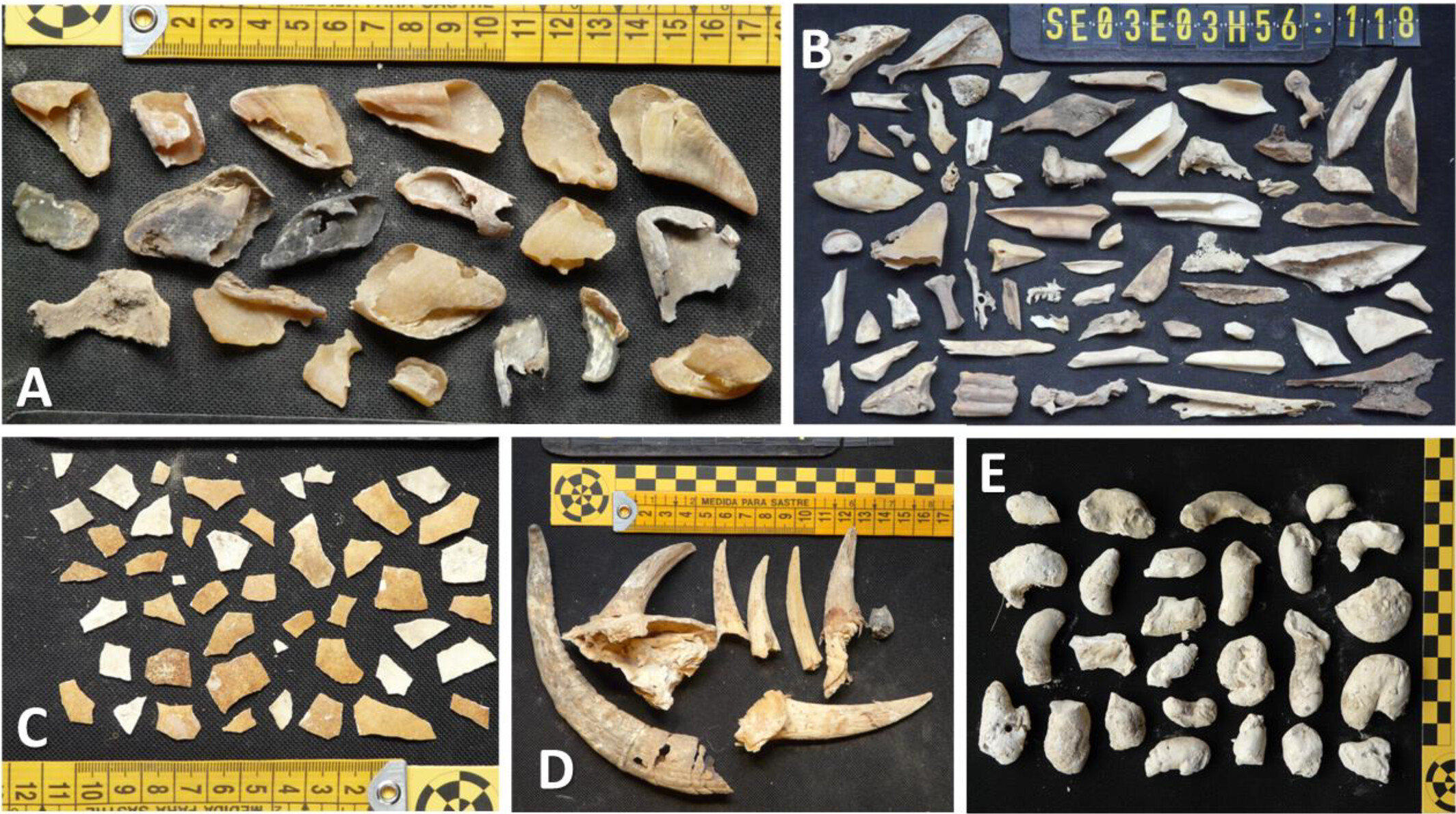The Egyptian Vulture is the smallest and the only true long-distance migratory vulture species in Europe. Most individuals spend their reproductive season in mainland Europe and migrate in autumn to spend the cold months in Africa. However, several islands populations, like the Canary and Balearic Islands ones, winter on the same grounds as they breed. Evidence gathered over the past two decades confirmed the presence of another non-migratory population in the Spanish province of Cáceres (Extremadura, Spain). This marks a significant development in the species’ ecology and conservation.

Egyptian Vultures: globally endangered and declining
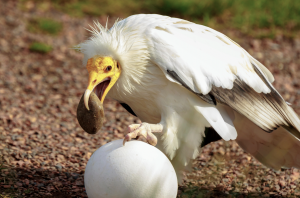
The Egyptian Vulture (Neophron percnopterus) is known for its ability to use tools – such as using stones to crack open eggs – and its migratory habits. It is also the smallest among the European vultures and the only one declining despite multiple conservation initiatives.
The survival of the species across Europe and Africa is threatened by habitat destruction, poisoning, electrocution on power lines, and reduced food availability. The annual migration also poses significant risks, with over 50% of young birds not surviving their first flight to the wintering grounds.
The species is currently classified as Endangered by the IUCN Red List, making the discovery of a stable wintering population in Cáceres particularly significant for conservation efforts.
The wintering population in Cáceres
The province of Cáceres (Extremadura – Spain) is characterized by a diverse landscape that includes woodlands, river valleys, and rocky outcrops. It hosts breeding populations of Griffon vulture (Gyps fulvus), Cinereous vulture (Aegypius monachus) and other raptors such as the Spanish imperial eagle (Aquila adalberti) and the Golden eagle (Aquila chrysaetos). The Monfragüe National Park presents the ideal foraging and nesting conditions for numerous raptor species, including the Egyptian Vulture. In addition, the local extensive agricultural lands, livestock farms, and supplementary feeding stations provide a constant source of food for vultures throughout the year.

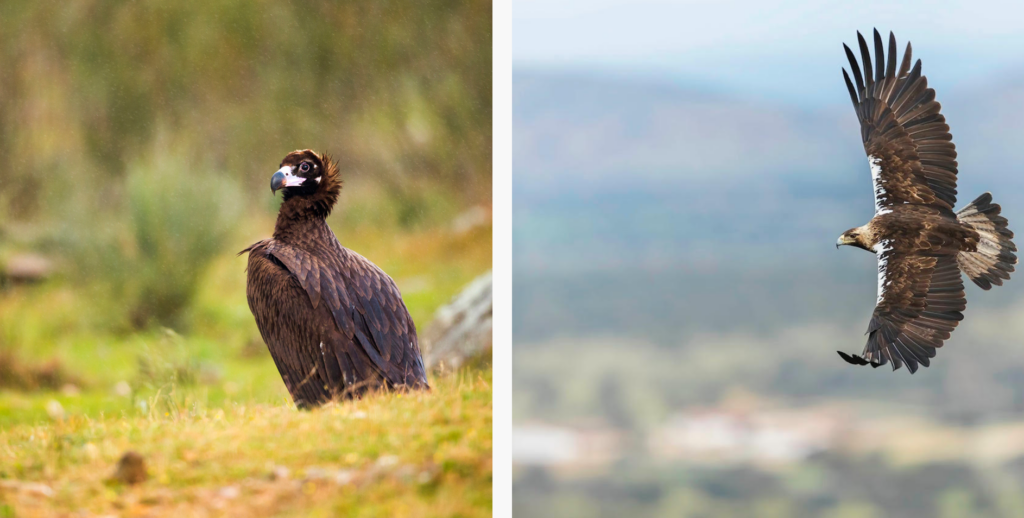
Census Data: A Growing Population
Observations of Egyptian Vultures in winter date back to at least 1990. The demonstration of a wintering population in central-western Cáceres is relatively recent. The presence of multiple individuals over the winter was confirmed around 2008, after analysing data collected since 2001.
Between 2008 and 2013 only one roosting site was repeatedly surveyed. In 2014, the SEO-Cáceres Local Group led the first census with multiple teams, covering a larger area. The group has been monitoring the local Egyptian Vultures population every year, with the following highlights.
- 2013-2014: Approximately 50 Egyptian Vultures wintering in Cáceres.
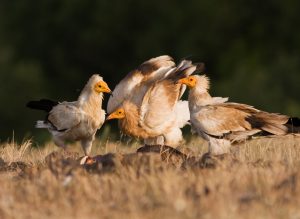
- 2016: 135 individuals recorded across four roosts. All age classes were recorded.
- 2018: Among the Egyptian vultures tagged with GPS by the Life Rupis project, the one-year-old vulture Batuecas did not migrate to Africa. Instead, it spent the winter in Cáceres area. Despite being hatched in the Arribes region, it joined the 15 wintering Egyptian vultures tagged by the Junta de Extremadura. In spring, it returned in its native region.
- 2020: 174 individuals counted.
- 2023: 231 vultures counted in four roosts.
- 2024: A significant rise to 359 individuals across three roosts, with the main roost splitting into two sub-roosts. Age ratios remained consistent with previous years: 79.4% adults, 13.9% subadults, and 6.7% juveniles.
Conservation implications
The rapid growth of the wintering population in Cáceres underscores the importance of continued monitoring and conservation efforts. With over 350 wintering individuals counted in 2024 Cáceres becomes a key area for the species’ survival in Spain.
Protecting roosting and nesting sites, ensuring food availability, and minimizing human disturbance are crucial steps in preserving this growing population. Further research is still needed to understand the drivers behind this wintering habit and its implications for the species’ conservation.
Lastly, this heartwarming result is a testament to the relentless efforts of the Junta de Extremadura, the SEO-Cáceres Local Group and all the people involved in working for vultures conservation in Cáceres province and beyond. It is undoubtedly a result worth celebrating and it renovates our motivation and commitment to help the Egyptian Vulture thrive again in Europe.
